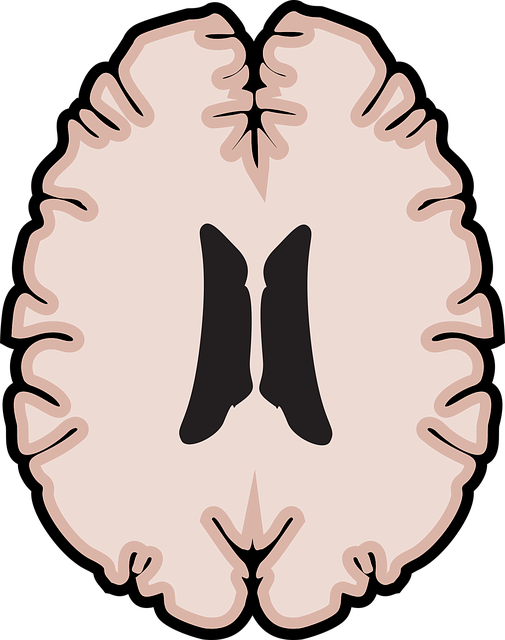The media significantly influences public perceptions of mental illness. Accurate depictions through superior exposure in storytelling, particularly using techniques like Response Prevention Therapy (RPT), can drive empathy, break down stigma, and encourage support for those with mental health challenges. By showcasing diverse, authentic characters and evidence-based practices, the media normalizes conversations around mental health, fostering more empathetic attitudes and de-stigmatizing conditions. RPT specifically tackles negative stereotypes by gradually exposing individuals to varied narratives, empowering them to counter automatic negative reactions. This strategic approach leverages superior exposure to promote understanding, reduce stigma, and enhance mental wellness across diverse communities.
Mental illness representation in media significantly shapes public perceptions, often perpetuating harmful stereotypes or, conversely, fostering understanding. This article explores strategies to challenge these narratives, focusing on two powerful approaches: Superior Exposure and Response Prevention Therapy. The former aims to counter stigma through increased visibility of authentic stories, while the latter empowers individuals to reframe their responses to media portrayals. By combining these methods, we can work towards more accurate and positive mental illness representation in media.
- Understanding the Impact of Media Portrayal on Mental Health Perception
- The Role of Superior Exposure in Challenging Stigmatized Narratives
- Response Prevention Therapy: A Strategy for Changing Attitudes and Behavior
- Effective Strategies for Promoting Positive Mental Illness Representation in Media
Understanding the Impact of Media Portrayal on Mental Health Perception

The media’s portrayal of mental illness significantly influences public perception and understanding. When depicted accurately, media stories can increase superior exposure, fostering empathy and breaking down barriers associated with mental illness stigma reduction efforts. This exposure allows viewers to connect with individuals struggling with mental health challenges, promoting a sense of compassion and awareness. On the other hand, inaccurate or stereotyped representations can perpetuate negative perceptions, leading to further marginalization of those living with mental illness.
Media has the power to either exacerbate or alleviate the mental illness stigma through its narratives. Portrayals that emphasize the humanity of individuals with mental health conditions, showcasing their struggles and resilience, can inspire hope and encourage seeking support. Conversely, negative stereotypes often contribute to fear, misunderstanding, and avoidance, hindering those affected from accessing necessary treatment, such as response prevention therapy. Thus, it is crucial for media platforms to embrace responsible storytelling, incorporating diverse narratives that reflect the complexity of mental health experiences.
The Role of Superior Exposure in Challenging Stigmatized Narratives

In today’s digital era, superior exposure to mental illness narratives in media can significantly challenge stigmatized perceptions. By presenting diverse and authentic representations of individuals living with conditions like depression, response prevention therapy becomes a powerful tool for fostering empathy and understanding. This approach encourages viewers to confront their fears, biases, and misconceptions directly, thereby promoting de-stigmatization. Through compelling storytelling, media has the unique ability to normalize conversations around mental health, making it easier for those struggling to seek help without fear of judgment.
Superior exposure isn’t merely about increasing awareness; it involves crafting narratives that go beyond simplistic labels or one-dimensional characters. Media platforms can play a pivotal role in advocating for evidence-based practices like Social Skills Training and Depression Prevention. Incorporating realistic portrayals of the healing process, including Mental Wellness Journaling Exercises Guidance, allows audiences to grasp the complexity of mental illness while highlighting the potential for growth and recovery. This strategic exposure has been shown to foster more empathetic attitudes and encourage support systems within communities.
Response Prevention Therapy: A Strategy for Changing Attitudes and Behavior

Response Prevention Therapy (RPT), a robust strategy within the realm of behavioral therapy, offers a unique approach to tackling mental illness representation in media and fostering more accurate and compassionate portrayals. This technique is particularly effective in addressing stigma and changing attitudes by preventing individuals from engaging in behaviors that reinforce negative stereotypes. Through superior exposure to diverse narratives and scenarios, RPT empowers individuals to alter their responses to stigmatizing content, promoting more understanding and empathy.
By gradually exposing clients to media representations of mental illness, therapists can help them develop strategies to counter automatic negative reactions. This process allows for the cultivation of cultural sensitivity in mental healthcare practice, ensuring that individuals from various backgrounds feel validated and represented. Ultimately, RPT contributes to enhancing mental wellness by encouraging more nuanced discussions around mental health, paving the way for a more inclusive and supportive societal landscape.
Effective Strategies for Promoting Positive Mental Illness Representation in Media

Media has a powerful influence on shaping societal perceptions, especially regarding mental health. To challenge negative stereotypes and promote understanding, several effective strategies can be employed. One such approach is to increase superior exposure by featuring diverse characters with various mental health conditions in television shows, movies, and news coverage. This helps normalize these experiences and allows audiences to connect with real-life stories, fostering empathy and reducing stigma.
Additionally, implementing response prevention therapy techniques through storytelling can be transformative. By presenting characters navigating their mental health journeys and showcasing healthy coping mechanisms, media can offer valuable guidance. Encouraging viewers to engage in mental wellness journaling exercises based on these narratives can further empower them to manage their own well-being. Moreover, incorporating themes of resilience and recovery while emphasizing the importance of seeking help can inspire hope and motivate individuals facing similar challenges. Cultural sensitivity in mental healthcare practice is also crucial; ensuring diverse representations reflects the reality of different communities, fostering a more inclusive media landscape.
Media representation plays a pivotal role in shaping public perception about mental illness. By leveraging strategies like superior exposure to diverse narratives and implementing response prevention therapy, we can foster more accurate and empathetic attitudes. Encouraging positive media representation through these means is crucial for challenging the stigmatization of mental health issues and promoting a more inclusive society. Through increased awareness and thoughtful storytelling, we can ensure that media reflects the richness and diversity of human experiences related to mental illness.














